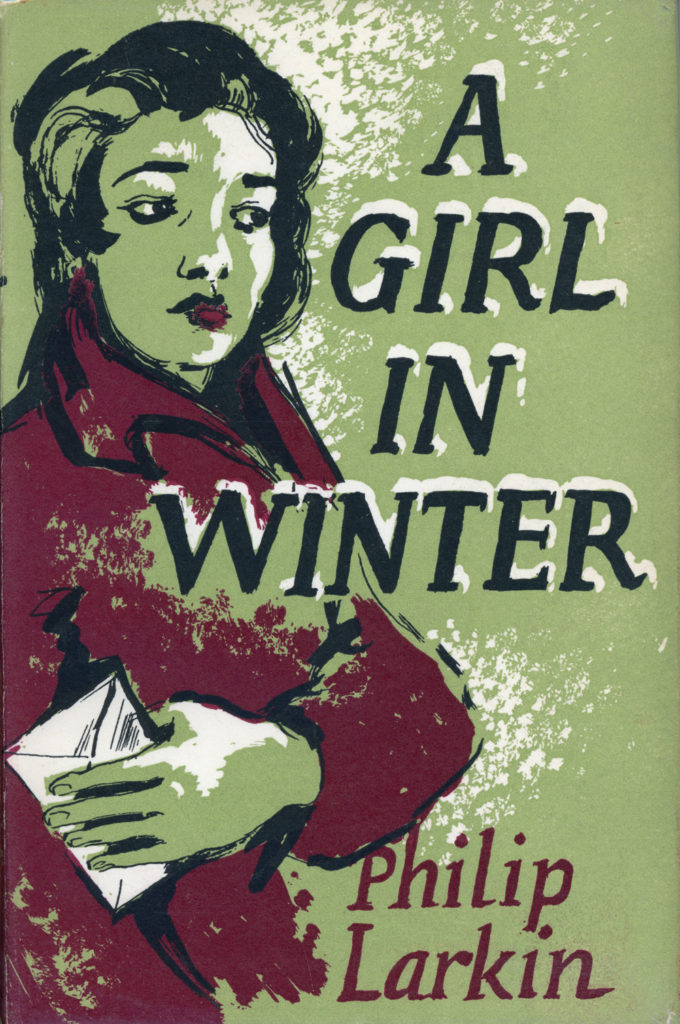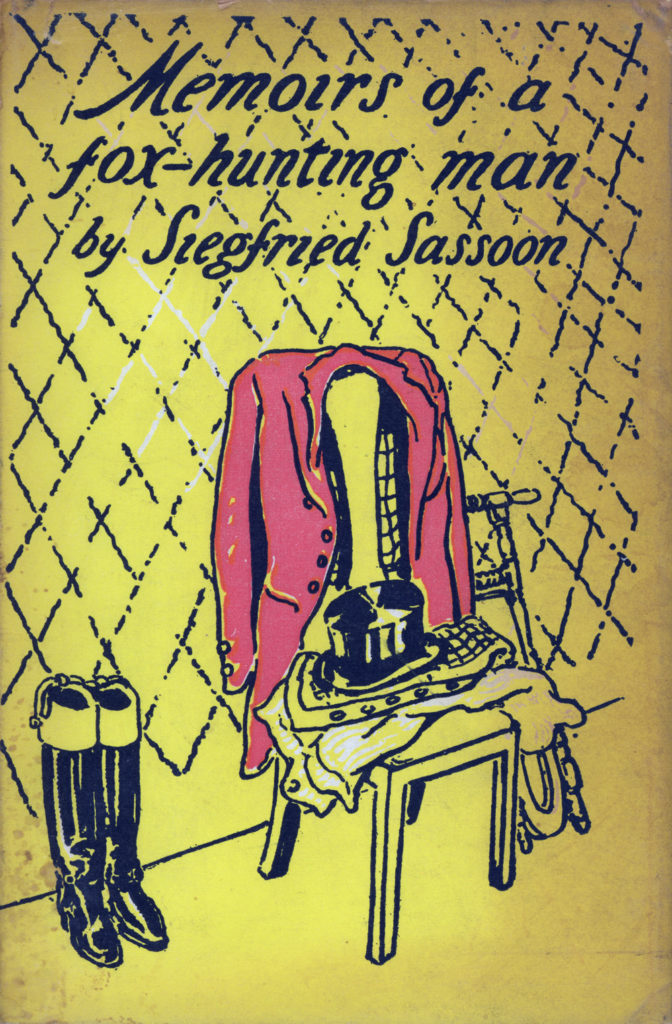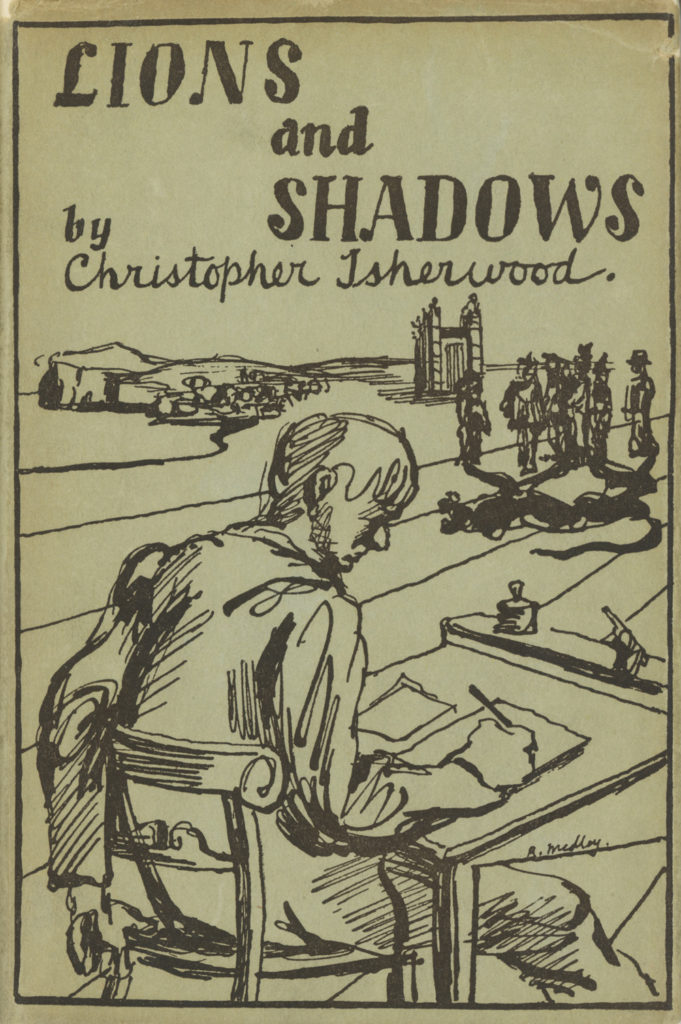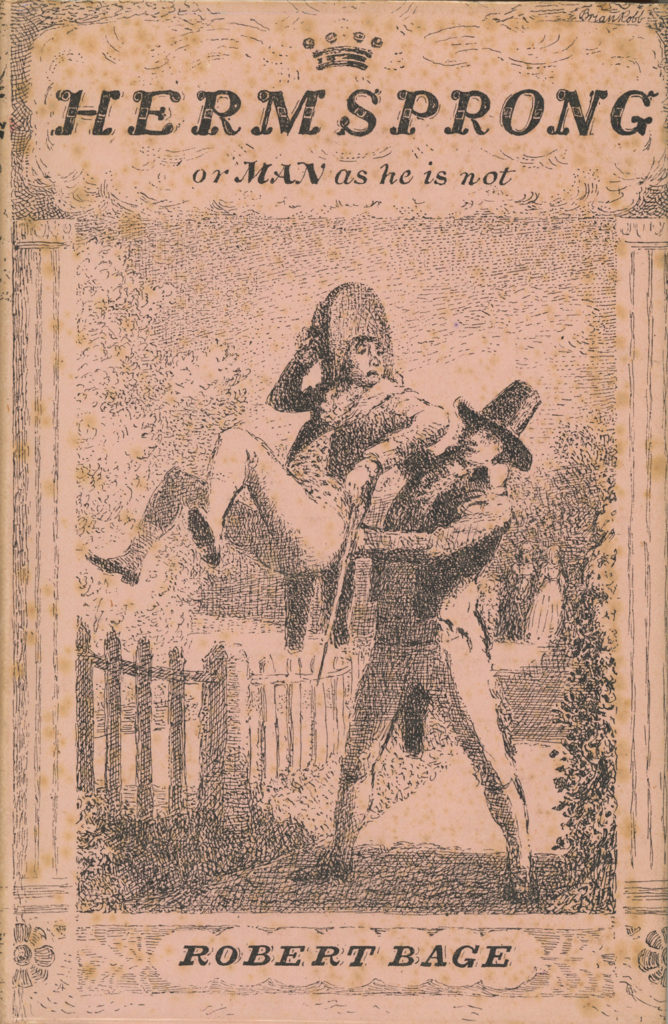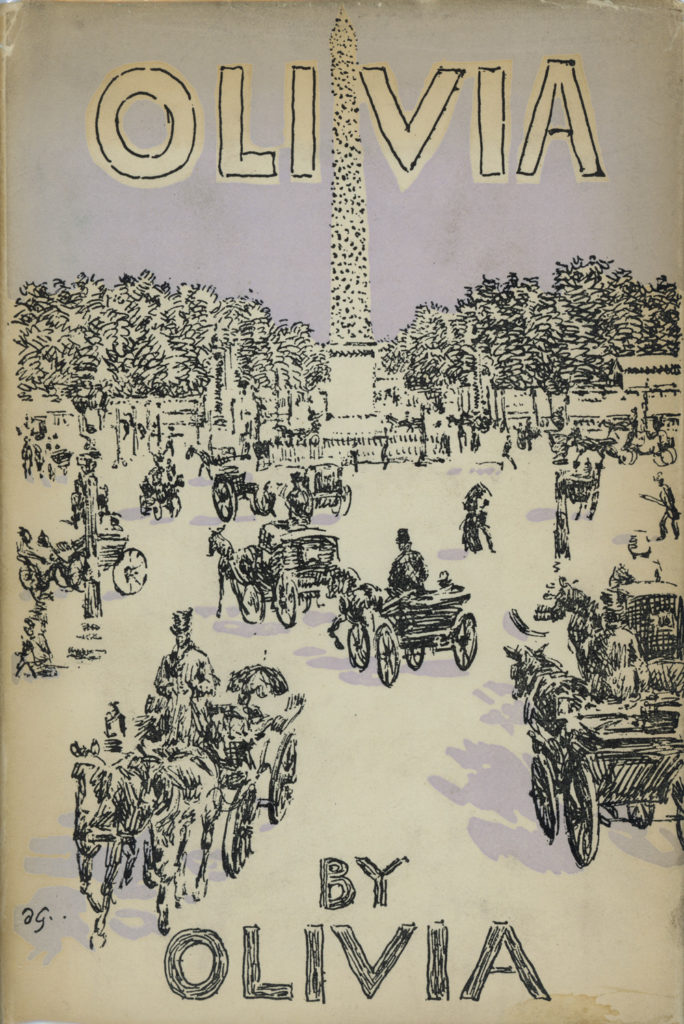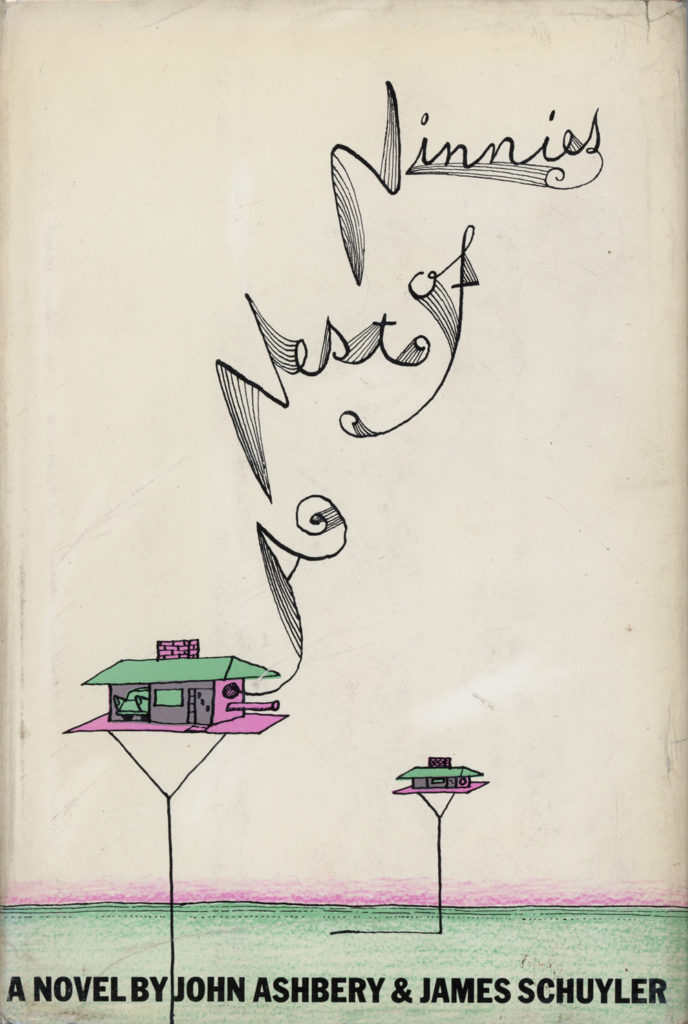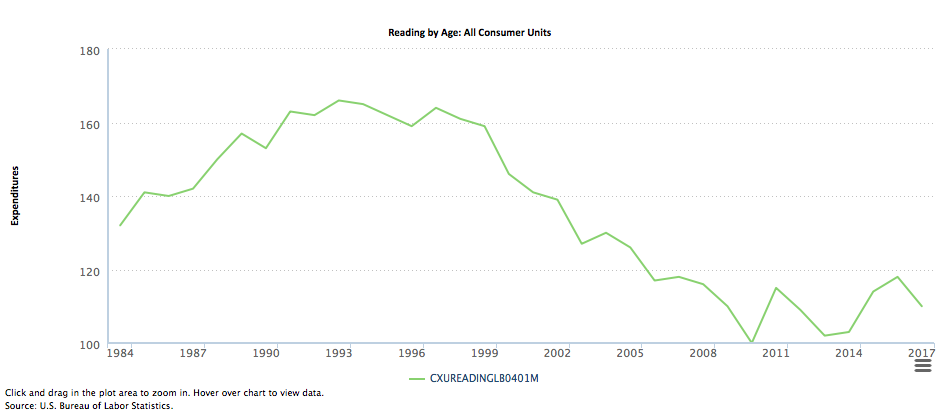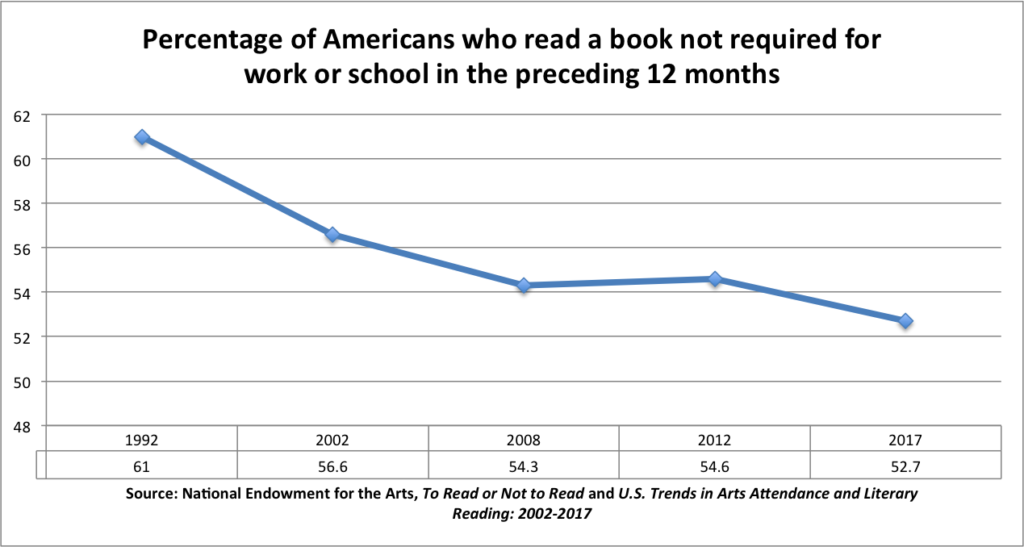[Also available as an issue of my newsletter]
Gleanings
“Vicki experienced the small prickle of power that comes to the one who rides in the back seat.” —Helen Garner, The Children’s Bach
“Sentences which suggest far more than they say, which have an atmosphere about them, which do not merely report an old, but make a new, impression; sentences which suggest as many things and are as durable as a Roman aqueduct; to frame these, that is the art of writing.” —Henry D. Thoreau, Journal, 22 August 1851
“To care about individuals and the complex relations they have with their intimate surroundings and local ecosystems (the only relationships that matter to the wild things themselves, after all), is to be accused of being subjective, or worse, sentimental.” —Richard Mabey, Nature Cure
“Like every other individual writer, he had unlearned all literary influences.” —Walter de la Mare on Edward Thomas
“It was a misfortune to him, trifle as it might have been to another. For, while all that was hard and stern in his recollection, remained Reality on being proved—was obdurate to the sight and touch, and relaxed nothing of its old indomitable grimness—the one tender recollection of his experience would not bear the same test, and melted away.” —Charles Dickens, Little Dorrit
“. . . those that love the world serve it in action,
Grow rich, popular and full of influence,
And should they paint or write, still it is action:
The struggle of the fly in marmalade.”
—W. B. Yeats, “Ego Dominus Tuus”
Electric vehicles don’t have front grilles because they don’t need to take in air. So they look like sharks, whose mouths are hidden beneath their snouts, instead of mammals, who are always grinning at you.
“If reading really does increase empathy, as we are constantly being told that it does, it appears that writing takes some away.” —Sigrid Nunez, The Friend
“We walk through dead autumn leaves. I comment on how nice it feels to walk through the leaves and Lucian [Freud] says ‘Yes, the ones like breakfast cereal are the best.’ ” —Celia Paul, Self-Portrait
“ ‘Isn’t that the trouble with most books? They look so good on paper.’ ” —Gavin Lambert, The Goodby People
“An old poet comes at last to watch his moods as narrowly as a cat does a mouse.” —Thoreau, Journal, 28 August 1851
Bangers
“The two-ness of the professional, as both worker and expert, could not be sidestepped through a mere act of decision. It does not matter if you decide that you have an inner truck driver, if you have not lived the life of a truck driver; this is a laughable form of escapism unworthy of the historical materialist tradition. Rather, the contradiction can only be resolved if it is met head on.” —Gabriel Winant, for n+1, on the intellectual legacy of Barbara Ehrenreich
“His ability to see the many facets of every person and every issue—“He felt and understood the opposite sides of life,” in the words of Henry James, who got to know him in Paris—served him well as a novelist. But this ability was less desirable in a political ally, or even in a pal.” —Keith Gessen, for the New Yorker, on Turgenev
“In a Christian setting, it’s tempting to see [the kora’s] blend of grit and grace as a mirror of the Incarnation—not the Word made flesh but the Note made fruit and hide.” —Julian Lucas, for The New Yorker, on a Senegalese monastery’s championing of a traditional calabash harp
“One of Carver’s particular pleasures, and the quality that’s made her first-person work since early Rollerderby so compelling, is the frequency and panache with which she makes the sorts of decisions that for most of us feel paralyzing and life-defining: marriage, pregnancy, divorce, and cross-country moves occur in her work as regularly as other memoirists describe their furniture or dreams. Reading most of her work, you’re reminded that it’s possible to live extraordinarily densely — that a life, even a very difficult one marked by repetitive domestic and economic struggles, can be dynamic and multiple, punctuated by frequent reinventions.” —Lisa Borst, for n+1, on Lisa Carver, a 1990s zine memoirist who has kept at it
“In ‘Recording Angel,’ in Cosmo Cosmolino, somebody plays a record of that Schubert quintet, the one with two cellos. That’s how I’ve always felt when I’m with a family that has a cozy life—I’m the second cello. I once heard Rostropovich play that piece, and it was marvelous—his droning, ferocious roving around the quartet. I hear that extra cello as a lost soul that’s prowling and roaming out there in the cold, and I recognize it. It’s me.” —Helen Garner, interviewed by Thessaly La Force for The Paris Review
“He [Harold Bloom] told me he was the model for Mickey Sabbath, which is nuts.” Joshua Cohen talks to Leo Robson about The Netanyahus.
“The fever pitch of opposition to debt cancellation among conservative and centrist elites reflects a different fear: that debt’s utility as an instrument of social control may be weakening.” —Astra Taylor, in the New York Times, on Biden’s jubilee of student debt (next up: cancelling medical debt to veterans’ hospitals)
“Travolta was describing his house in Florida, which is part of a fly-in community with its own runway, and said, ‘Wait, let me show you some pictures.’ But instead of going to the photos on his phone, he just googled ‘John Travolta house.’” —Rafil Kroll-Zaidi, for Harper’s, on the Travolta lore he collects while in Maine during the off-season
“There is at once a cynicism and an innocence in asserting that the existential problems that bedevil humans can best be ameliorated by denying the possibility of insight into a reality that can’t really be said to exist, anyway.” —Marco Roth, for Tablet, on Rachel Aviv’s new book on narrative and psychiatry
“Srinivasan’s sexual have-nots—the luckless men of Grindr, the trans lesbians being rejected by cis lesbians—are not asking for access to sexual services or assigned partners. They want to be found hot. They want to be wanted. They want what truly can’t be compelled. And we can’t make ourselves want someone we don’t for the sake of the social good—can we?” —Elaine Blair, in the New York Review of Books, unconvinced by Amia Srinivasan’s proposed distinction between liberal and radical sexual freedom

